कुम्भलगढ़ दुर्ग
( Kumbhalgarh )
Kumbhalgarh (lit. "Kumbhal fort"), also known as the Great Wall of India, is a fortress on the westerly range of Aravalli Hills in the Rajsamand district of the Rajasthan state in India. Situated approximately 84 km (52 mi) from Udaipur, it was built during the 15th century by Rana Kumbha. The wall of Kumbhalgarh is the second longest continuous wall in the world, spanning 38 kilometers, second only to the Great Wall of China. It is also the birthplace of Maharana Pratap.
In 2013, at the 37th session of the World Heritage Committee held in Phnom Penh, Cambodia, Kumbhalgarh Fort, along with five other forts of Rajasthan, was declared a UNESCO World Heritage Site under the group Hill Forts of Rajasthan.
The early history of the fort could not be ascertained on account of lack of evidence. Before Rana Kumbha built the new fort, there was a small fort, limited to small hilly area, believed to have been built by King Samprati of the Maurya and was known as Matsyendra Durg. Rana Lakha won this entire area and plains of Godwar from Chauhan Rajputs of Nadol in late 14th century.[1]
Kumbhalgarh, as the fort we see it was built by Rana Kumbha who was the Rana of Mewar from the Sisodia rajput clan. Rana Kumbha took the aid of the famous architect of the era, "Mandan". Rana Kumbha's kingdom of Mewar stretched from Ranthambore to Gwalior and included large tracts of what is now Madhya Pradesh and Rajasthan. Out of the 84 forts in his dominion, Rana Kumbha is said to have built 32 of them, of which Kumbhalgarh is the largest and most elaborate.[2]
Kumbhalgarh also separated Mewar and Marwar from each other and was used as a place of refuge for the rulers of Mewar at times of danger. A notable instance was in the case of Prince Udai, the infant king of Mewar who was smuggled here in 1535, when Chittor was under siege. Prince Udai later succeeded to the throne. The fort remained impregnable to direct assault.[citation needed]
Ahmed Shah I of Gujarat attacked the fort in 1457, but found the effort futile. There was a local belief then that the Banmata deity in the fort protected it and hence he destroyed the temple. There were further attempts in 1458–59 and 1467 by Mahmud Khalji, but it also proved futile. Akbar's general, Shahbaz Khan, attacked this fort in October 1577 and after the siege of 6 months, he was able to capture the fort in April 1578. But it was recaptured by Pratap in 1583. In 1818, an armed band of sanyasis formed a garrison to protect the fort, but was convinced[clarification needed] by James Tod and the fort was taken over by the British and later returned to Udaipur State. There were additions made by Maharanas of Mewar, but the original structure built by Maharana Kumbha remains. The residential buildings and temples are well-preserved.[2] The fort is also known to be the birthplace of Maharana Pratap.[3]


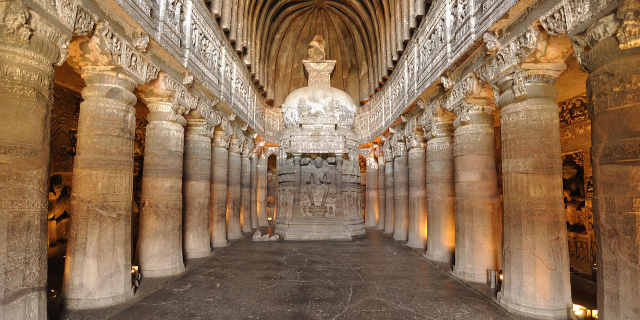

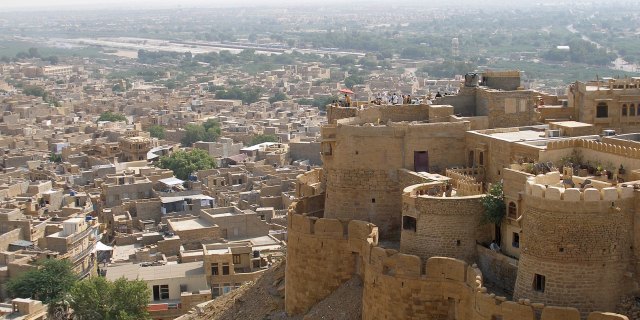
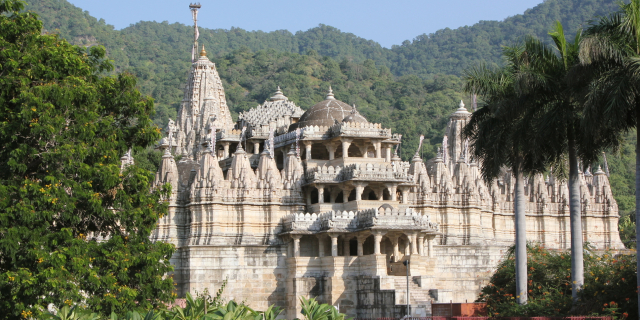

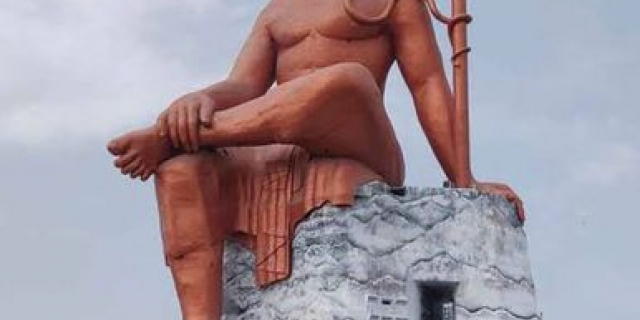

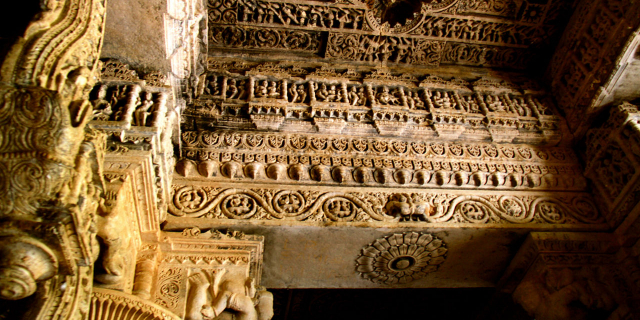

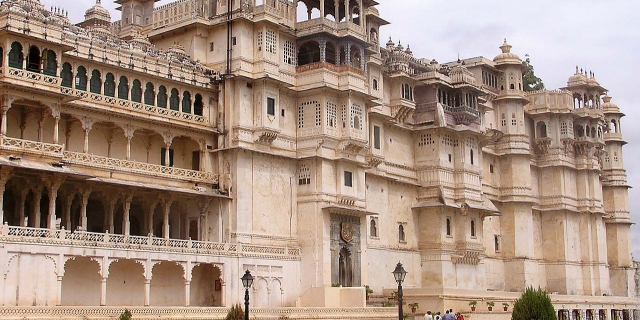

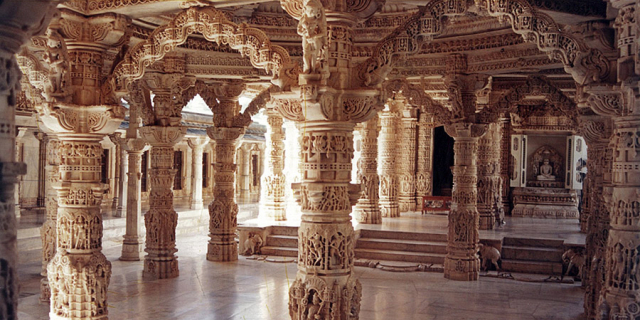


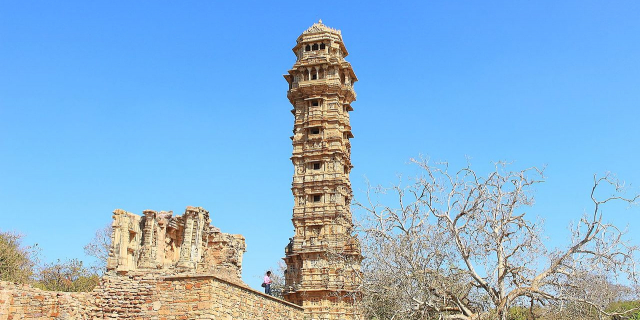

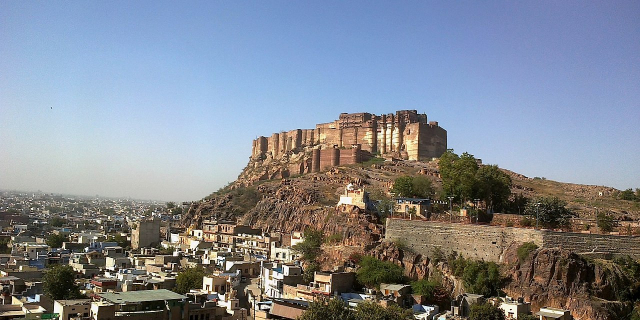

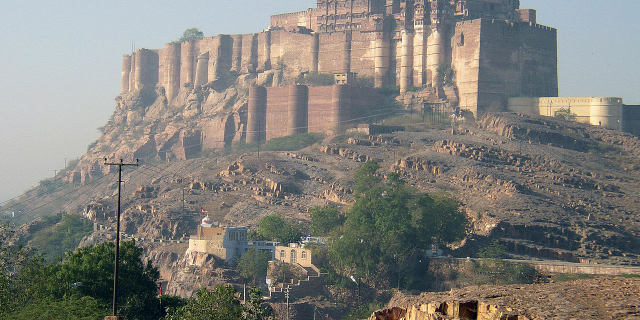
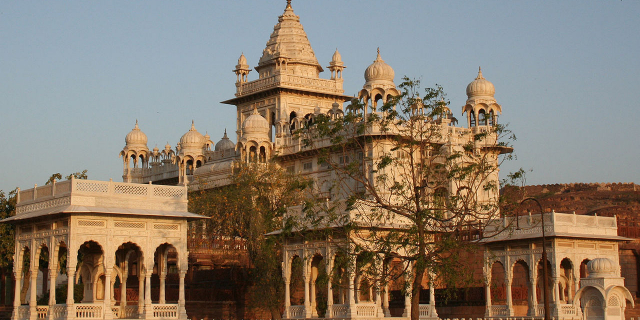

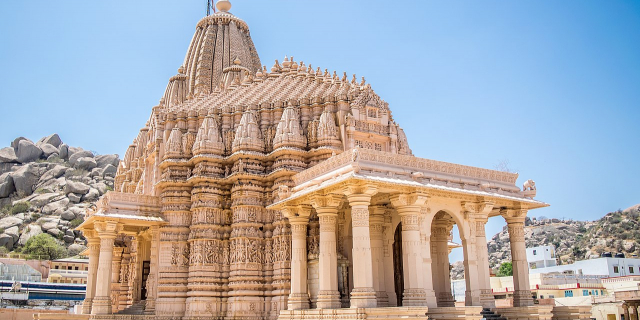
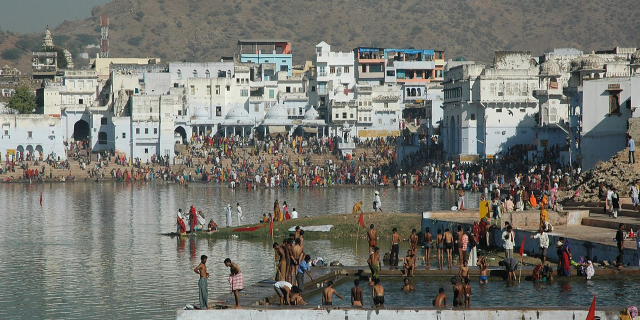




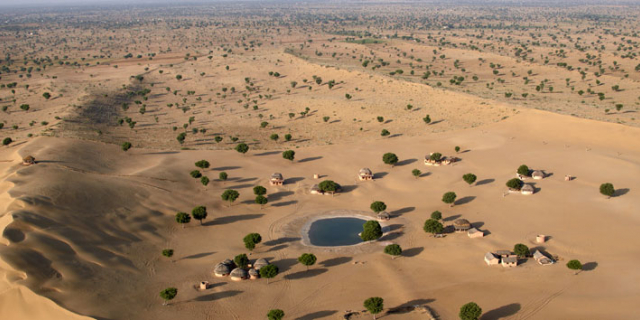




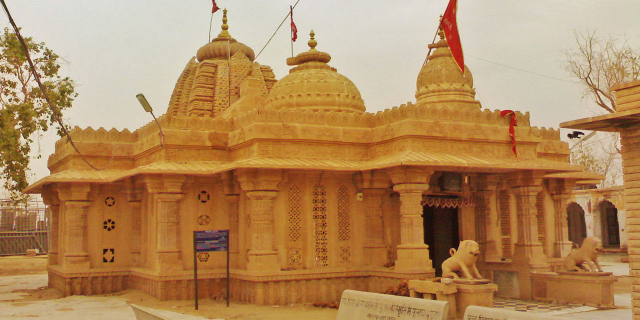
Add new comment